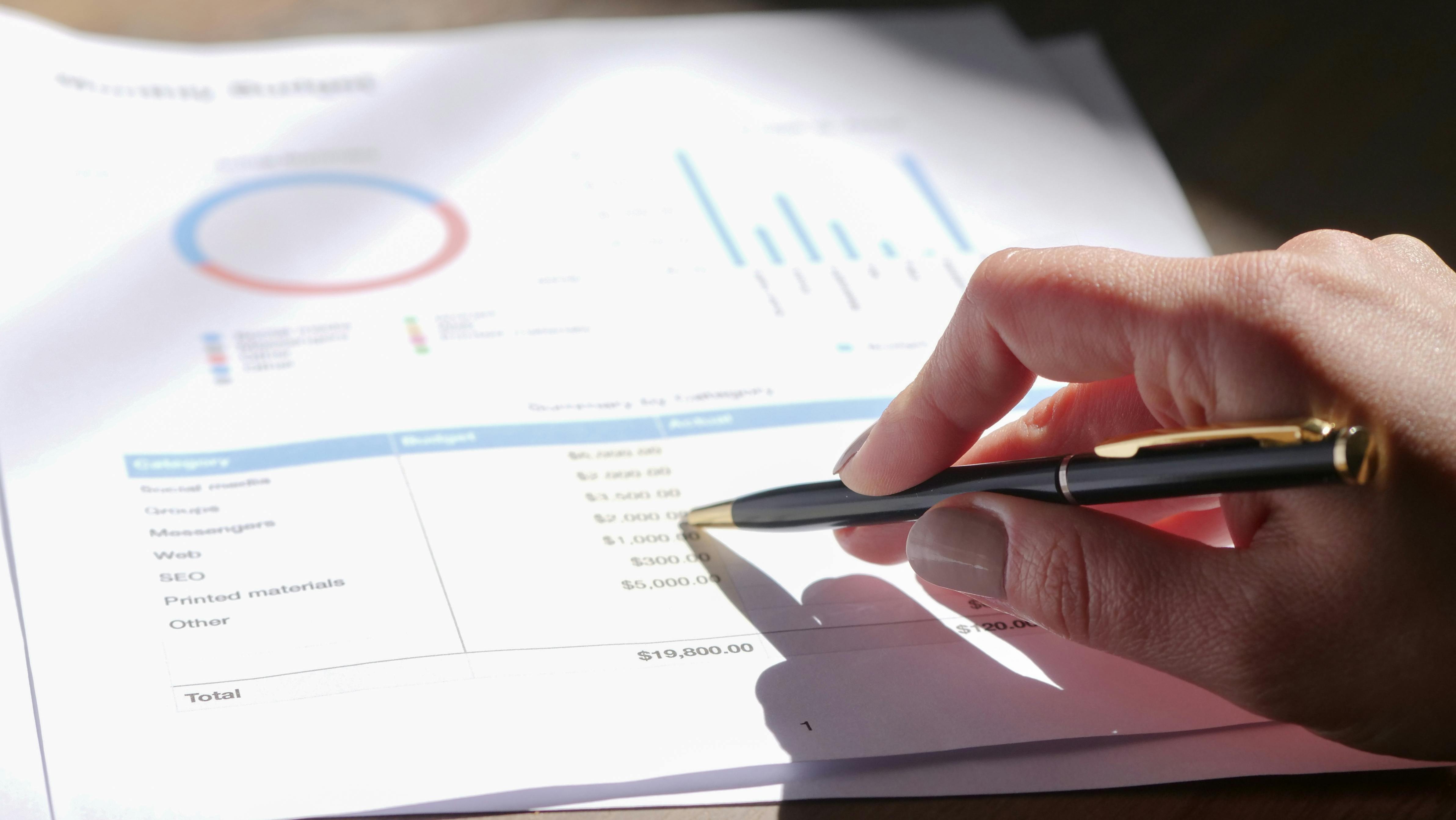- Easier SBA Loan Approval – Lenders have reduced underwriting restrictions and credit requirements, making SBA loans more accessible.
- Stronger Support for Small Businesses – The SBA prioritizes job creation and economic growth, making funding more available.
- Lower Barriers for Business Acquisitions – Buyers can now finance business purchases with as little as 0% down if the seller holds a note.
A new lending and approval era of the SBA shouldn’t go unnoticed. The SBA has issued a record breaking amount of loan guarantees over the past couple of years and the SBA is keeping in target with their goal of empowering US Small Businesses by providing access to capital. Current policies are to increase the availability of working capital, so Small Businesses can grow and contribute to the US economy. The SBA has incentivized many lenders to cut restrictive underwriting guidelines and in effect this has created a competitive SBA lending market. On the lender side, advances in lending -risk analysis technology have changed the way underwriting can be completed thus allowing for faster underwriting.
What does the SBA weigh as important when applying and what is the process like? Here are some updates to SBA topics and insights.
Now a Common Misconception
There is a stigma amongst Small Business Owners that the SBA process is a complicated and laborious with paperwork. There are certainly due diligence related documents needed for underwriting purposes. Gone are the days of bloated document requests. Generally, lenders will need the following baseline documents:
- General SBA Credit Application (SBA form 1919)
- Personal Financial Statement for the borrower
- Business Debt Schedule
- Multiple years Personal and Business Tax Returns
- Use of Funds Worksheet
- EIN formation document from IRS (SS-4)
- For established businesses (2+ years Time in Business) a business plan and proforma projections are generally not needed.
What Is Important to Know About the Use of Funds
Use of Funds is very important for getting approved for an SBA loan. On the initial SBA application, it actually requests how many jobs the working capital will promote. Job creation is a key side effect of the financial stimulus afforded to businesses.
The SBA understands that a key economic driver to the US economy is Small Business. 45% of all workers are employed by small businesses. It is undeniable the effect that small businesses have on the economy. By doubling down and supporting small business growth, the SBA hopes that working capital will expand these small businesses and promote growth.
Nationwide, small businesses employed 46% of private workers in 2022, totaling nearly 62 million people
.png)
Ref: U.S. Small Business Administration Office of Advocacy: 2023 Small Business Profile
Why Now is a Great Time to Apply for an SBA Loan?
youtube44
This is a new era for the SBA as loan sizes and the volume of loans has increased. The SBA has officially dropped the barrier to entry for non-bank partners to issue loans. This free market concept has given rise to SBA lenders offering lower credit requirements and underwriting criteria. For example, some lenders minimum personal credit requirement is 650.
Now is the best time to apply for an SBA loan. Which has 5 basic stages, from Initial Application to Close.
- Application Submission: Basic Borrower and Business Information in order to obtain personal credit and SBSS score.
- Offer & Term Sheet: Official Pre-Approval or Commitment Letter from Lender.
- Underwriting: Due Diligence performed by lender underwriting.
- Closing: Signing of loan documents and funding of loan.
FastwaySBA has streamlined the approval process and since we pre-underwrite applicants, we have a 90% applicant approval to funding rate. This means that if you are issued a pre-approval, there is a 90% success rate of closing on a SBA loan.
Attention Business Owners that are currently paying back a Covid Era EIDL (Economic Injury Disaster Loan)
Businesses that received a EIDL and ARE still eligible to receive an SBA 7(a) working capital loan. In order to qualify the business must have be actively paying the EIDL back and not in a non-payment status. If you are not currently paying an EIDL, you must start the communication process with the SBA to start a re-payment plan. This will be necessary to obtain an approval for an SBA 7(a) loan.
Please visit The EIDL Resource Hub for information about the EIDL and how it pertains to another SBA loan.
The SBA has made Small Business Acquisition More Obtainable
The standard SBA rule that applies to the minimum cash injection required as deposit for a business acquisition loan used to be 20%, but now has dropped to 10%. The borrower for an SBA acquisition loan would need to have skin in the game of 10%. The SBA has since amended this rule and now a seller can hold a note of up to 10% purchase price that can apply to this deposit. This means that a buyer can acquire a business for essentially zero money down if the seller is willing to defer the initial deposit in the form of a term note.
Lowering the barrier to purchase an existing business couldn’t come at a better time, as the country prepares for the ‘Silver Tsunami’. This is an economic shift happening with Baby Boomer business owners retiring over the next couple decades. Since 40% of small business owners are Baby Boomers, these small business owners that do not have plans of passing their businesses to current employees or family members, will most assumably be selling their businesses. And currently the best way to acquire a small business is with an SBA acquisition loan.





.jpeg)



